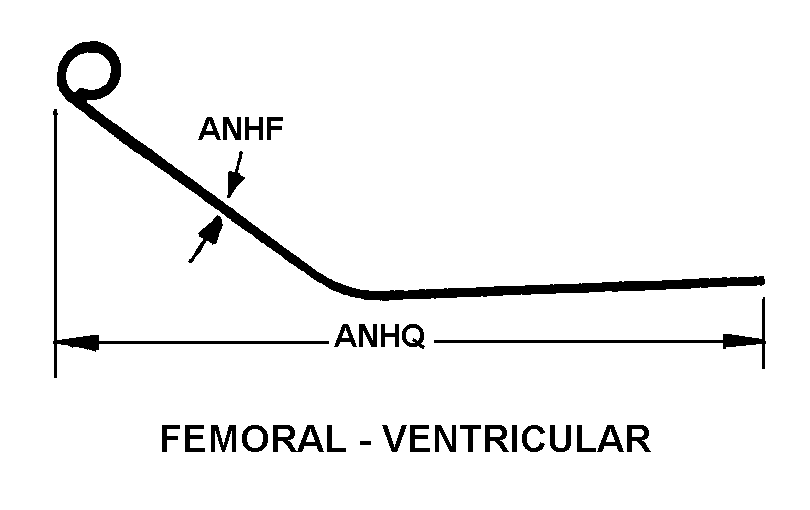6515015178165
Price Quote Get an up to date pricing and availability quote for this product. Order online or over the phone.
Quality Commitment
Serving our customers with quality and safety first.
- AS9120 Certified
- Audited supply chain
- ITAR Registered
- DDTC Registered
- HAZMAT Certified
- Customer service objectives
- Every product 100% inspected

6515-01-517-8165 Specification Set by the OEM (see RNCC code 3)
grollman
curved
8.300 french
100.000 centimeters
plastic, polyethylene
disposable and sterile
grollman catheter 8.3fr. 100cm length
used for reliable and expedient catheterization of the main pulmonary artery and its branches; has a reversed secondary curve which when introduced from the right femoral vein, passes readily from the right ventricle to the pulmonary artery; sterile; comes in PEEL-Open packages; one time use
FEMORAL-Ventricular
Cross Reference Parts Part numbers that meet the specification outlined on this page and set by the OEM
Identification Item Identification Guide (IIG) and Item Name Code (INC)

Definition Definition of approved item name (AIN): "CATHETER,INTRAVENOUS"
A component of a catheter and needle unit, intravenous. It is a flexible, homogenous, hollow, cylindrical item, having a funnel or luer end, suitable for introduction into a vein. It is nontoxic and free from tissue reaction, and capable of insertion through a hypodermic needle of specific size. For items without funnel or luer end, see tube, intravenous.
6515-01-517-8165 Material Hazmat, Precious Metals, Criticality, Enviroment, and ESD
Indicates there is no data in the hmirs and the nsn is in a fsc not generally suspected of containing hazardous materials.
Item does not contain precious metal.
The item does not have a nuclear hardened feature or any other critical feature such as tolerance, fit restriction or application.
Identification Codes
HMIC: Hazardous Material Indicator Code. A one position code that identifies a hazardous item.
PMIC: Precious Metal Indicator Code. A one position code which identifies items that have precious metals as part of their content. precious metals are those metals generally considered to be uncommon, highly valuable, and relatively superior in certain properties such as resistance to corrosion and electrical conductivity.
ESD: Electrostatic Discharge. Indicates if an item is susceptible to electrostatic discharge or electromagnetic interference damage. electrostatic discharge damage occurs when an accumulation of static electricity generated by the relative motion or separation of materials is released to another item by direct contact. electromagnetic interference damage occurs when an item comes into proximity with an electrostatic or magnetic field.
ENAC: Enviromental Attribute Code. Identifies items with environmentally preferred characteristics.
CRITL: Criticality Indicator Code. Indicates an item is technically critical by tolerance, fit, application, nuclear hardness properties, or other characteristics.






